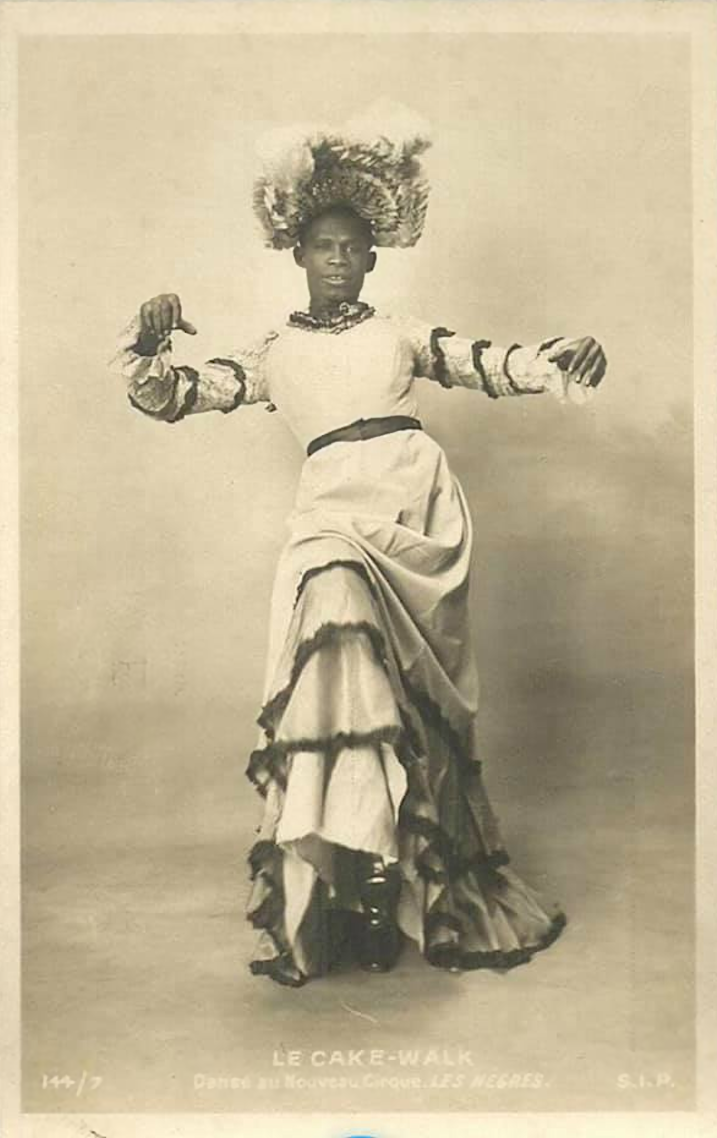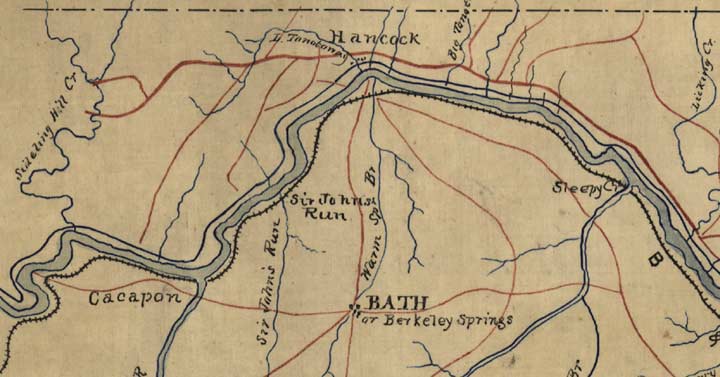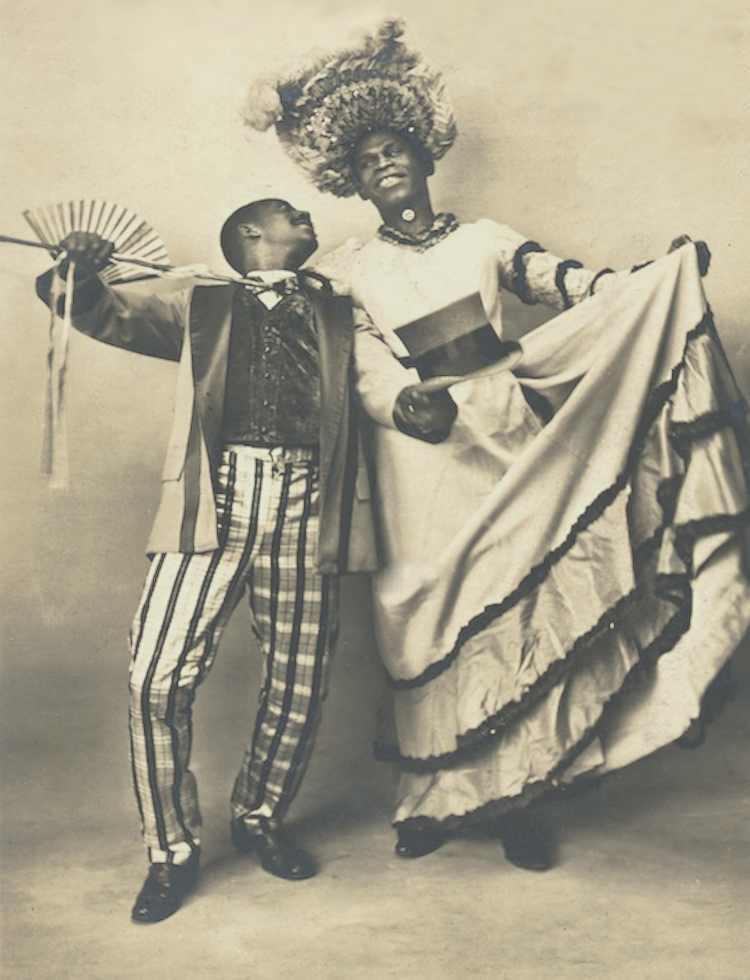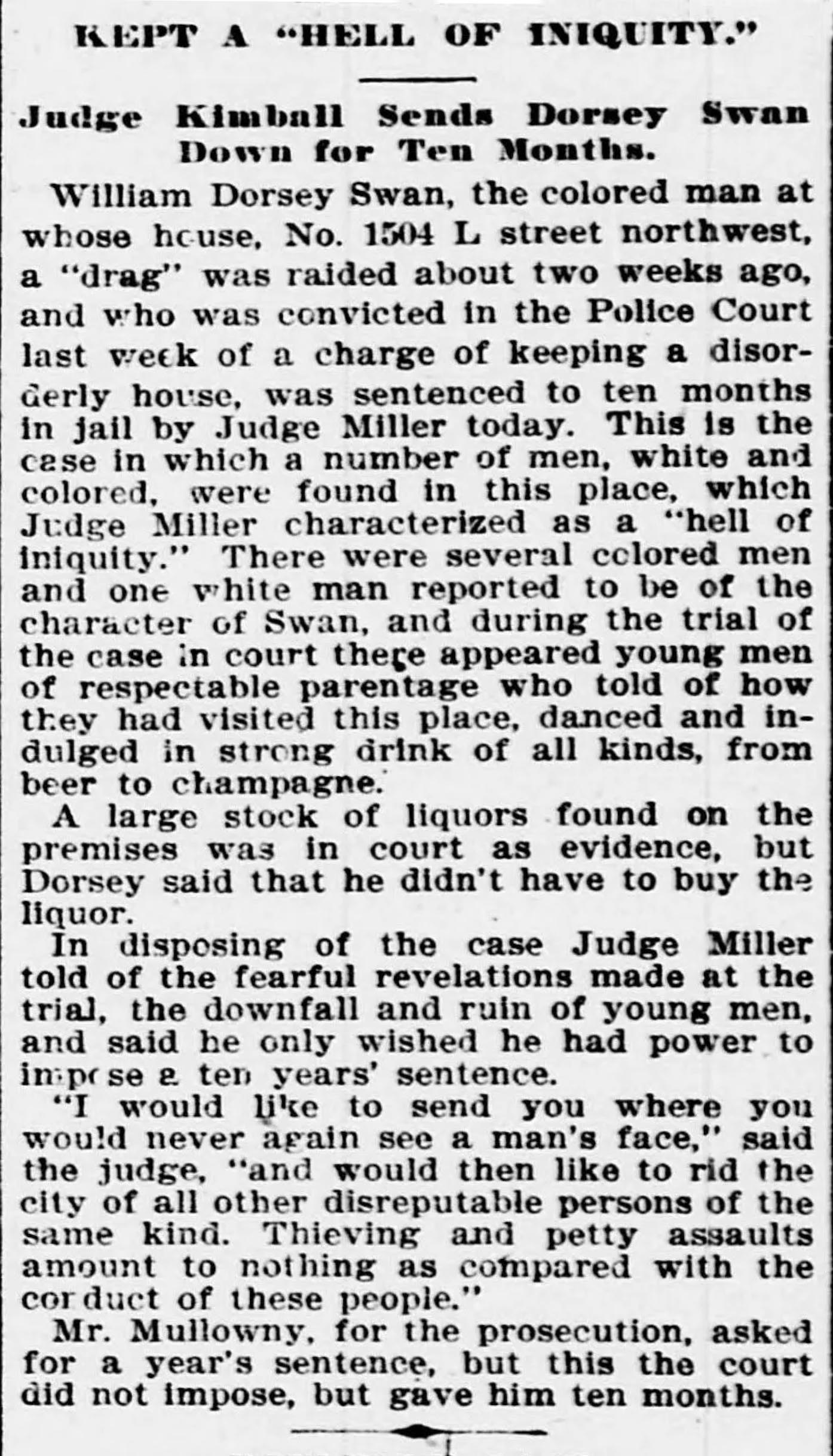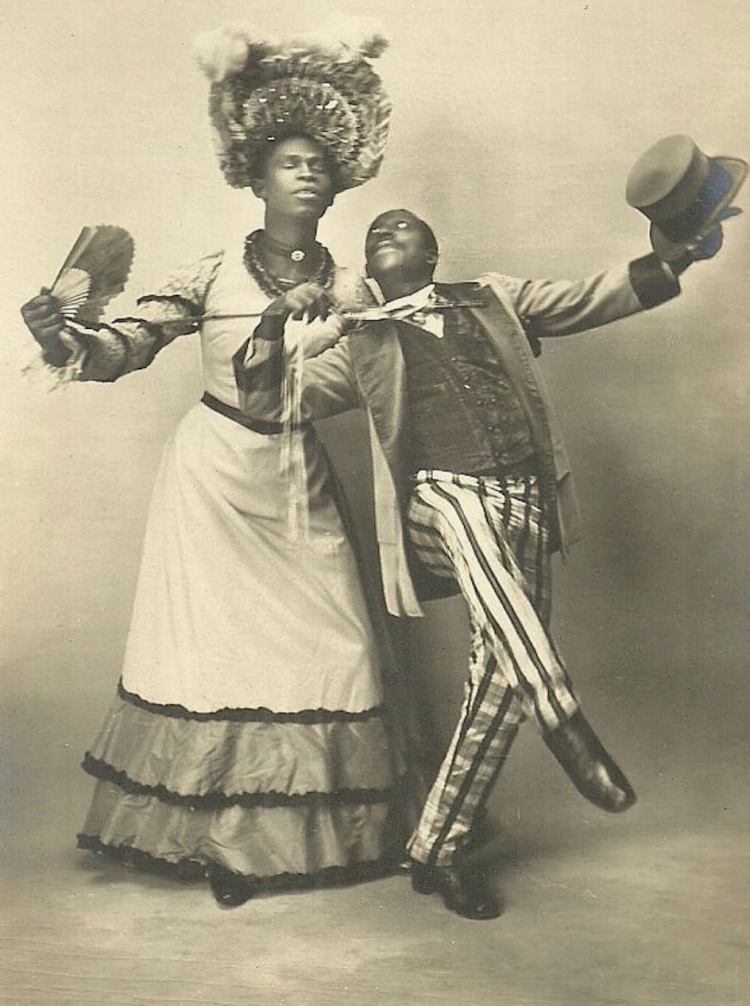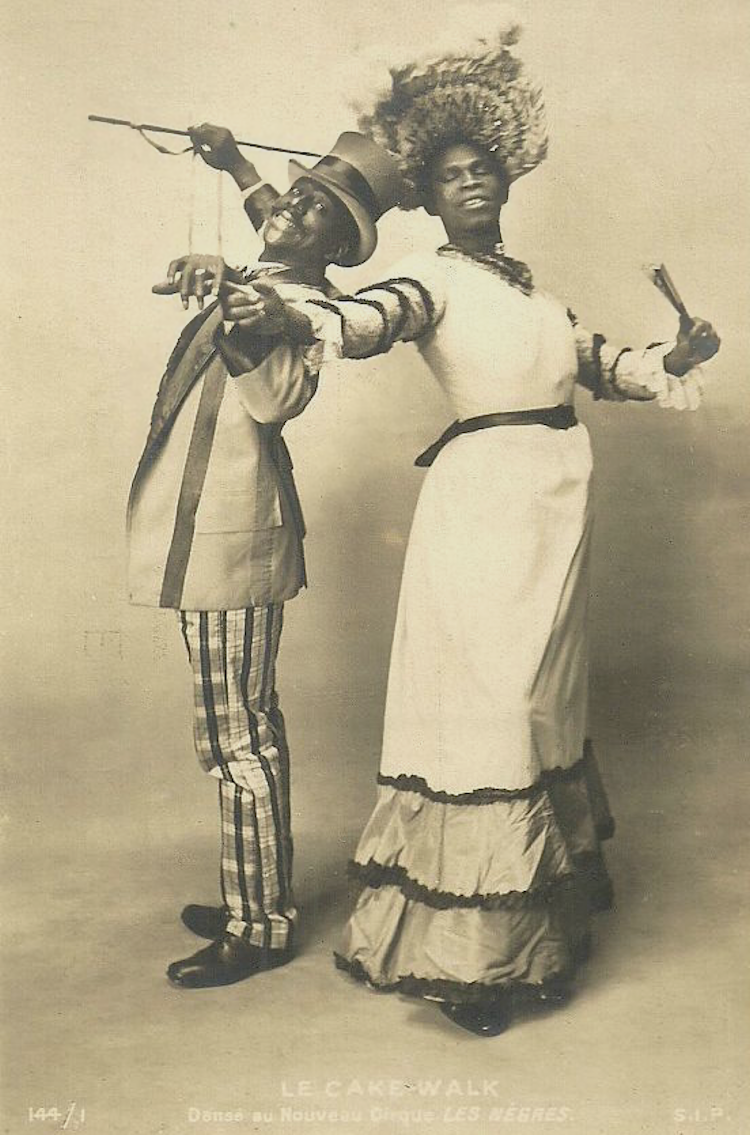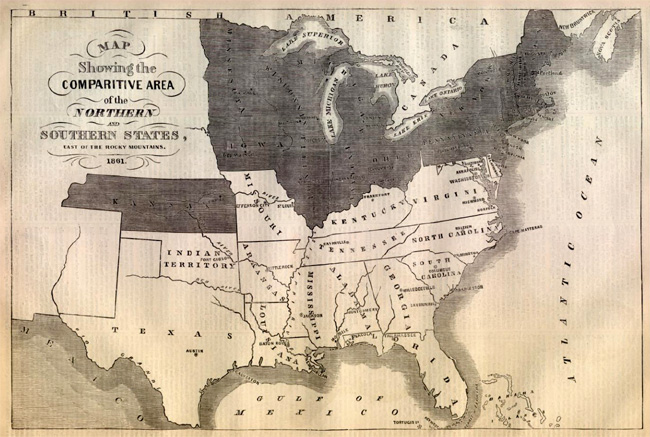William Dorsey Swann was arrested in Washington, DC in September of 1882, charged with petty larceny for stealing “party necessities like plates and silverware.” He had been hosting parties, dances, secret events mostly. He called them a ‘drag,' or ‘drags,’ which might be a colloquialism (or dialectical corruption) of an old-fashioned slang word that meant something close to a masquerade ball; a ‘Grand Rag.’ Swann’s guests were friends, maybe lovers, and new acquaintances. Many of them were formerly enslaved Black men, many of whom worked as servants or in similar menial positions in the households of the Capital’s wealthier residents. Some of them were white, and there is contemporaneous newspaper reporting which shows that.
No known photos of Mr Swann exist, but this might be what he looked like.
The parties, and the most famous stories about Swann which have survived, often feature a cakewalk, a dance contest where the winner was awarded with a cake. These were, probably corn cakes, also called hoecakes, and mot the iced and layered affairs you might be imagining.
From the scant newspaper clippings and similar records which have survived, we know that the guests at these parties wore (traditionally) female attire- a quite literally dangerous idea for a man in the 19th century, regardless of skin color. “They nearly all had on low neck and short sleeve silk dresses, several of them with trains… They all wore corsets, bustles, long hose and slippers, and everything that goes to make a female’s dress complete.” Channing Gerard Joseph, Swanns biographer, notes in his May, 2021 paper (listed in the sources) that continuously, “those who attended put themselves in peril, risking their freedom, livelihoods, and reputations.”
When Swann was still William Henry Younker, and was an enslaved almost two-year-old child, the Civil War arrived in his hometown, Hancock, Maryland. Swann’s whole family was enslaved, they were the legal property of a woman named Ann Murray. It seems that Swann’s mother was Murray’s housekeeper, a term that sounds much too voluntary. Murray made sure that Swann, and his 12 siblings, were baptized Catholic, later ensured that they were confirmed in that church, regardless of the fact that both Swann’s mother and legal father were definitely Protestants.
Hancock, located at the narrowest point of Maryland.
The town of Hancock is part of Washington County, in the narrowest part of western Maryland, almost exactly 1.8 miles south of Pennsylvania and 1.8 miles north of West Virginia. Milestone No. 126 (130) of the Mason Dixon Line begins at the 230.228-mile West Line. In January of 1862, Swann was a toddler when, to quote Joseph, “loyalties of its [Hancock’s] white residents were split between the free North and the slaveholding South.” It took four years to resolve the war, though we all know the issues of equality and racism, institutional and otherwise, have yet to be worked out. Those wartime years, and the ones that immediately followed, were extra hard for families like Swann’s, who were already considered by many to be less than whole people. The usual tragedies occurred, as soldiers, both Union and the Confederate, tore through the city and county, taking what they needed and destroying things when they felt like it. Food was scarce and their family was large.
After the war, in the early 1880s, Swann left home to find work that would compensate him well enough to help support his family. About 100 miles southeast, he settled in Washington, DC, found a janitorial position at a small college, and learned to read and write in his “spare” time. Joseph found records showing that Henry and Sara Spencer, Swann’s (white) employers, knew that he sent home “all he could spare from his earnings,” and at some point described Swann as “industrious, refined, and courteous, with a sensitive nature.”
Two Black drag performers from the late 19th century.
In our nation’s capital, Swann was able to see the annual DC Emancipation Day parades, may have attended the first one in 1862. At these yearly celebrations, Joseph explains, one of “the parade’s highlights were the ‘queens’ of liberty: crowned Black women who sat atop elaborate flower-covered floats. The grace and beauty of these women, who personified African Americans’ newfound freedom, made a deep impression on Swann, who took the title ‘queen’ among his Queer friends.”
William Dorsey Swann is “the earliest-documented person to be known as ‘queen’ of a crossdressing ball described by its participants as a “drag.” Holding the title ‘queen’ of the drag—or, more familiarly, ‘drag queen’— signified that Swann held an honored place in the Queer community.” (For more information about the etymology of the words, please check out the sources listed at the bottom, especially Hoeptner’s 2020 article, Etymology of Ragtime.)
Swann, being Black and Queer, and simply existing as such in the 19th century, inevitably had legal woes. To paraphrase the title of Trevor Noah’s 2016 autobiography, Swann was probably born a crime. Because who he was, how he dressed, who he loved, and what the word ‘family’ meant to him and his community was more than illegal, it was to be feared, persecuted, prosecuted, and imprisoned on the sort of timetable that the American justice system has always reserved for the disenfranchised. (Interesting note on that particular word: the primary definition of ‘disenfranchised’ is depriving someone of their right to vote. The transitive verb’s second, more common usage, according to Merrium Webster, “is to deprive of a franchise, of a legal right, or some privilege or immunity.”)
On the first day of 1896, Swann was charged with “keeping a disorderly house,” a very peak Victorian era euphemism for running/keeping a brothel. In fact, a newspaper article in the Evening Star shows that he was holding a drag ball, a gathering at home for himself and friends.
Page 2 of the Evening Star, January 13, 1896 He pleaded not guilty, but by January 3, 1896, he had been tried and convicted of the charges, and “sentenced to 300 days in jail, to expire with good time in September 1896.” Three months in, he filed a petition for a Presidential pardon, pled that he was “a respectable hard worker with a long record of continuous employment,” argued “that the sentence was severe to the crime,” and promised that “if released he would live a proper and law abiding life.” A petition of support was drawn up and signed by 30 people, allies at least, and probably members of the local Queer community.
Swann’s efforts were the first time an “American [took] specific legal and political steps to defend the Queer community’s right to gather without the threat of criminalization, suppression, or police violence.” He was asking that the federal government step in on behalf of the LGBTQ+ communities and their basic human rights. Like the ones that white, heterogeneous, cis-gendered people had, to gather at their homes in groups.
It was not received well. US Attorney A.A. Barney publicly stated that:
“This petition is wholly without merit. While the charge of keeping a disorderly house does not on its face differ from other cases in which milder sentences have been imposed, the prisoner was in fact convicted of the most horrible and disgusting offenses known to the law; an offense so disgusting that it is unnamed. This is not the first time that the prisoner has been convicted of this crime, and his evil example in the community must have been most corrupting.”
Friends of Swann began to contact Barney’s office, making official complaints about their concerns for Swann’s health. He was examined by a physician in July of 1896, the same doctor who had some four months earlier “given him a clean bill of health.” Now, he “reported that Swann had a disease of the heart, and that the conditions in jail endangered his life.” By the end of the month, on July 29, President Grover Cleveland declined the petition for pardon, on the grounds “that the implications of his health were not sufficient to counter the character of his offense.”
Two Black drag performers from the late 19th century.
After his sentence was served, Swann began his yearly drags again in DC, mostly with minimal interference from law enforcement. At least until Thursday, April 12, 1888, when the police showed up at Swann’s residence, 1114 F Street, about a half mile northwest of the White House. It is possible, according to at least one contemporaneous newspaper article, that the April 1888 gathering was a 30th birthday celebration for the First American Drag Queen. I have not been able to find his actual date of birth, this could be incorrect. Most sources I’ve seen only give the year of his birth (1860), and Joseph’s 2021 paper gives the month of March. So it’s possible?
The Critic (Newspaper) reported briefly on the raid the next morning, April 13, 1888, in a front page article titled A ‘Drag Party’ Raided. The National Republican (another paper) also awarded front page coverage, with no author named, which revels in the details of the traumas inflicted upon Swann and his friends, perhaps his found-family, and gives away as much personal information as it can about the parties attendees. It is a vicious and cruel piece, please see the article to the right, and consider reading it for yourself.
Two black drag personées from the late 19th century.
When the police arrived the “front door of 1114 F Street was found to be fastened, but opened under a little pressure.” The evening quickly descended into violent chaos, with some party guests jumping from the third story windows rather than surrender themselves to the gang of officers. The lucky ones missed the skylights in the roof of the first story.
Swann did not run, he kept the police from entering as long as he could. The National Republican quotes him as telling the officers with “a haughty air, ‘You is no gentlemen.’”
Personally, I’m inclined to believe Swann.
Joseph explains that he “fought officers at the door, preventing their entry long enough for others to escape through windows. In its determination to defy authorities, the group is the earliest-known Queer resistance organization, a noteworthy achievement given the era’s rigid notions about sex and gender.”
That gang of officers definitely, at the very least physically, assaulted Swann. When he was dragged from the building he was almost naked, his white silk gown destroyed, ripped off of him. He and 12 other Black guests were arrested and driven to the precinct to be “charged in the Police Court with being suspicious characters.”
There were white attendees, the papers note them. Those men were not arrested, their names were not published, and they were treated as “witnesses” and not criminals. If that wasn’t disturbing enough, hundreds of white men, who either heard the commotion or were summoned by friends, came to watch. As we all know, the watching wasn’t passive, watching also ment jeering, slurs, threats, and God only knows what other abuse. Hundreds of white men “even followed the police and suspects back to the station that night.”
All arrested were “ordered to pay a bond or serve 30 days in jail.” Swann’s employer procured his bail that night. Almost everyone arrested was able to be bailed out, I wish that I could tell you who couldn't.
Front page of The National Republican, April 13, 1888 It’s maybe unsurprising, considering everything he went through, that Swann “retired from Washington’s Queer underground by 1900 and returned home to Hancock.” But his influence never left, in fact drags continued, proliferated, and spread to many other cities. Then throughout the world.
Swann died in December of 1925, and horrifyingly, Joseph explains that “upon his death Hancock [Maryland] officials set Swann’s home ablaze, destroying whatever artifacts or documents it may have contained.”
Since 2018 fashion historian Rachel Elspeth Gross has run her popular blog, Today’s Inspiration, about the history of high-end fashion design. Drawing more than 40,000 individual readers every day; Rachel’s ever-growing audience includes some of the biggest names in Fashion, Haute Couture, Fashion Journalism, and Fashion History academics. Her work has been featured in Women’s Wear Daily, the New York Times, Italian Harper’s Bazaar, and The National News; she has a column in The Vintage Woman magazine. In 2020 she began the Instagram Live series Couture Kibbitz with vintage fashion pioneer Cameron Silver. In 2021 she began to work with the children’s fashion education brand, Little Red Fashion.

